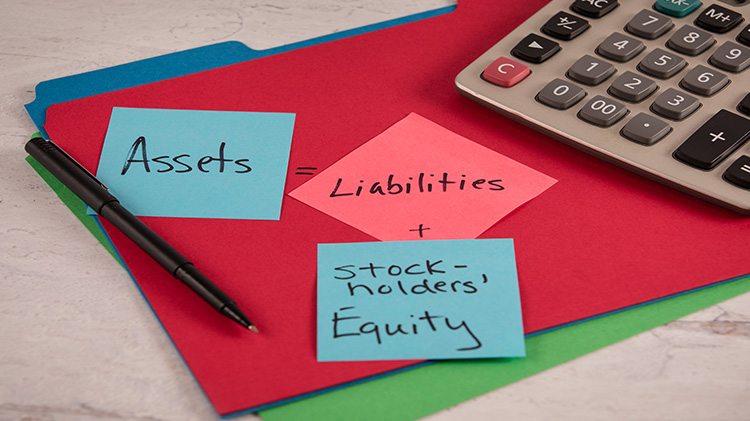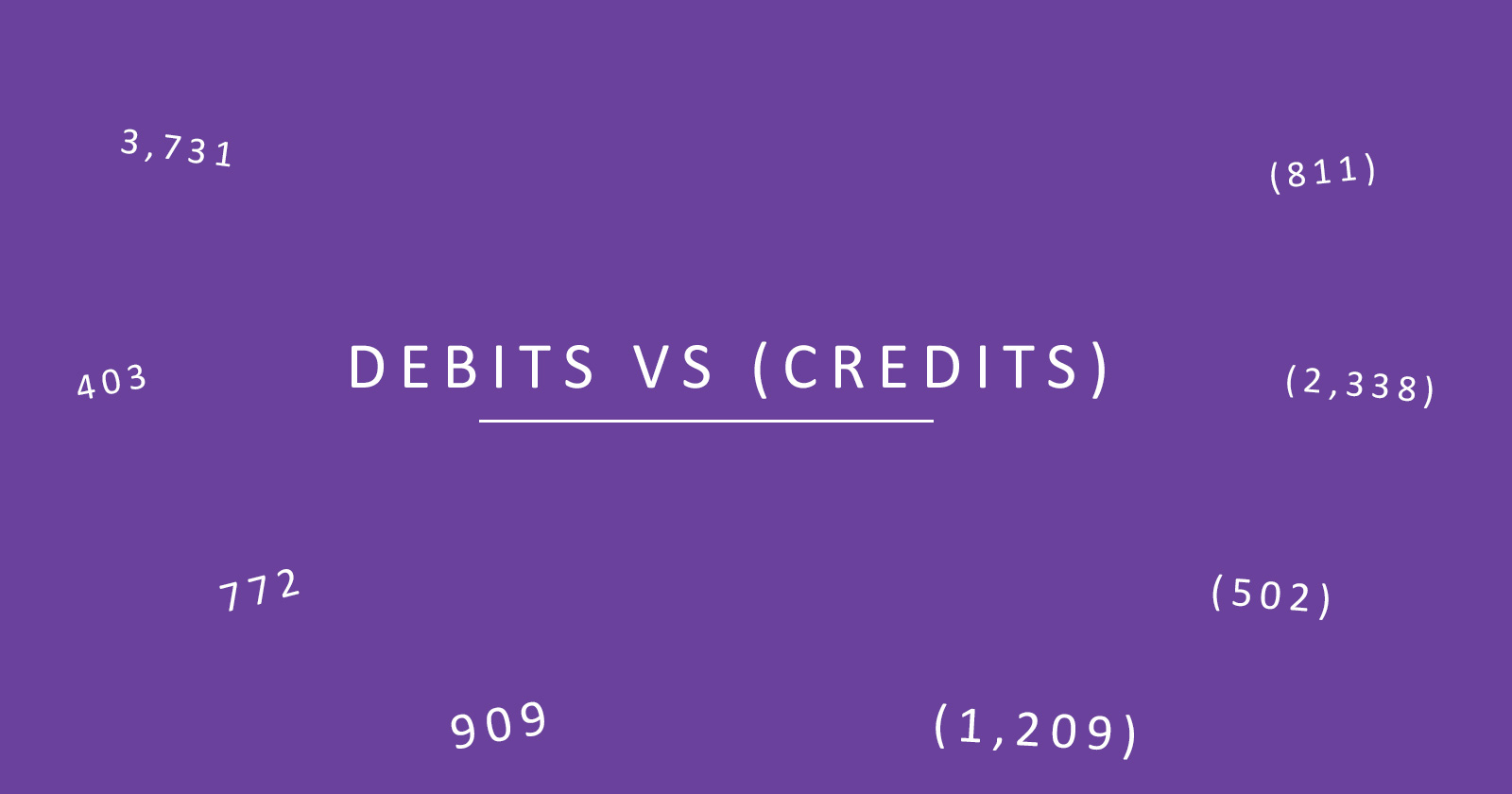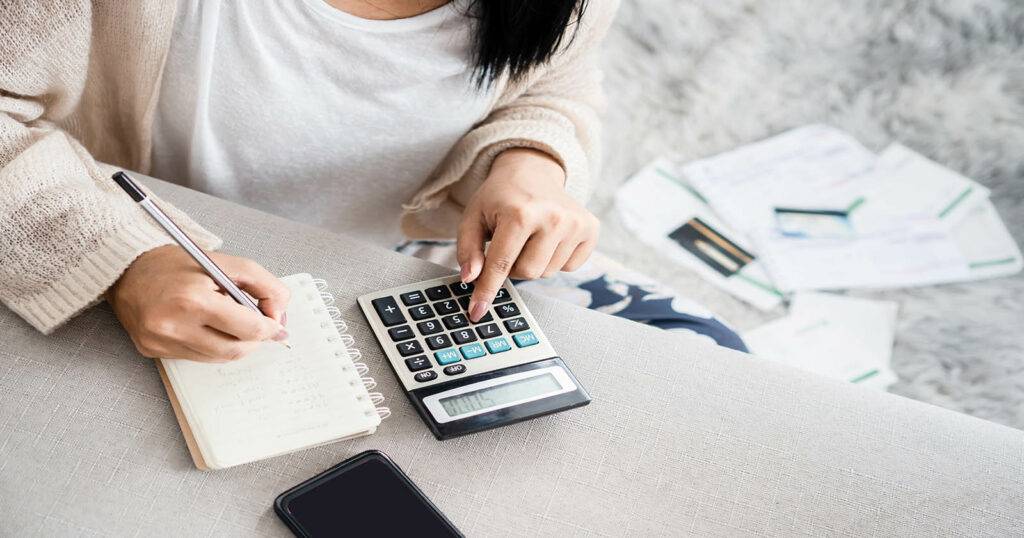The accounting basic equation is simple. It is fundamental to learning accounting. Knowing this one simple accounting basic equation can help you not only with accounting but also with budgeting and personal finances. So what is it?
Assets = liabilities + equity
That might not make a lot of sense unless you know what all those terms are. Instead of some of the confusing examples out there, let’s break down the accounting basic equation and make it simple.
What is An Asset?
An accounting asset in its simplest form is something you get a benefit from. A few examples of assets are –
- Cash
- Investments
- Inventory
- Accounts receivables
If all of these don’t make sense, stick with us. Let’s just look at cash. Cash at it’s simplest form is something you can get a benefit from. You are able to purchase things with the cash that you own. It is your asset that you can use.
When you own an asset, you don’t owe anyone anything. You can even put cash to work for you and have it earn interest , buy a rental property or inventory. Now is a good time to look at the second piece in the accounting basic equation.
Read More:
T Accounting Examples – T Accounts for Beginners
What is An Accounting Liability?
A liability is when you owe money. Think of your credit card charges as a liability. Some other common examples of liabilities are –
- Accounts payable
- Income taxes payable
- Interest payable
Clearly, you can see that having an asset is much better than having a liability. The last piece to the accounting equation is equity.
What is Equity in Accounting?

Equity is everything that is left to the owner or shareholders in a business once liabilities have been paid.
You might also hear to equity referred to as owner’s equity if someone is talking about a small business. Don’t be confused, it still means the residuals left after liabilities.
What Are Accounts in Accounting?
As we dive deeper into accounting transactions, they are grouped together into accounts. These accounts roll up into a chart of accounts. We’ll get into a chart of accounts in later lessons but the key takeaway now is that individual transactions go into larger accounts. These accounts make up:
- Assets
- Liabilities
- Equity (Owner’s or Stockholder)
- Revenue or Income
- Expenses
Why is the Accounting Equation so Special?
The accounting equation is so important because it will always balance. What the accounting equation is actually saying is that assets equal liabilities plus equities in a business.
If you add up all of the liabilities and all of the equity, it should equal assets.
From there, you can rearrange the equation. Subtracting liabilities from both sides and you will get assets minus liabilities equals equity. This is due to something known as double-entry accounting. A single transaction always effects at least two accounts.
Read More:
A General Ledger Example| Understanding the GL in Accounting
Why Should You Know the Accounting Equation? Wrapping Up
The accounting equation is a fundamental building block in learning accounting. It’s important to know that the equation should always be balanced.
When you look at a set of financial statements, one of the first checks that you should do is to make sure the accounting equation holds true i.e. assets = liabilities plus equity.
Once you have a handle on the accounting equation, the next concept to learn in accounting is debits and credits. It may sound like a foreign language but trust us, we’ll make it easy and if you have any questions, be sure to drop them in the comments below.





